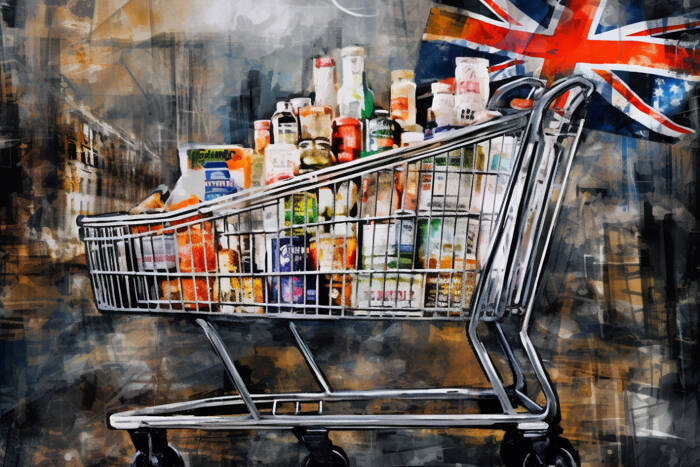In March, consumer prices in the UK saw a month-on-month increase of 0.6%, matching the previous month’s rise. This exceeded economists’ expectations, who had forecasted a 0.5% increase. The Office for National Statistics reported that the Consumer Prices Index, including owner-occupier housing costs (CPIH), rose by 3.8% over the 12 months leading up to March, remaining steady from February’s rate.
Notably, food and non-alcoholic beverage prices saw the largest decrease, contributing to a slight easing in the CPIH annual inflation rate from 5.0% in February to 4.0% in March. This decline was influenced by several factors, including lower prices in clothing and footwear, which saw a decrease from 5.0% to 3.9% over the same period. However, housing and household services made the largest upward contribution to inflation, with the 12-month rate increasing from 2.9% to 3.1%.

UK Annual Inflation Eases to 3.2% in March 2024 (Credits: NBC 10 Philadelphia)
Among the various divisions, alcohol and tobacco prices saw a notable increase of 11.9% over the 12 months leading up to March 2024, up slightly from 11.8% in February. These factors collectively contributed to the 0.6% increase in the Consumer Prices Index for March, slightly lower than the 0.7% rise observed in March 2023.
The implications of these inflation figures on the Bank of England’s monetary policy are significant. The unexpectedly high inflation contrasts with previous indications from Governor Andrew Bailey, who hinted at the possibility of interest rate cuts before the US Federal Reserve. However, the persistence of inflationary pressures may delay discussions regarding such cuts, posing challenges to the central bank’s forward guidance and policy decisions.
In the currency markets, the GBP/USD pair initially rose to $1.24398 following the release of the UK inflation report but later retreated to $1.24169. This suggests that market participants may be reassessing their positions in response to the inflation data and its potential implications for monetary policy and economic outlook.























